Ken Zen Ichii Karate
About Us
KARATE was introduced to Japan from Okinawa by Gichin Funakoshi, who is called "The Father of Karate." Hironori Otsuka, a student and friend of Funakoshi, formed Wado Ryu Karate, the first true Japanese style of Karate.
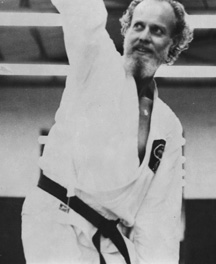
Arthur "Mr. Bee " Beverford
Roshi
Student of Shunichi Niwa Shihan
and Grand Master Hironori Otsuka (Meijin) of Wado Ryu
1st Grand Master and Founder of the Ken Zen Ichii Karate Association
and Ken Zen Ichii Ryu Karate
International Karate Do Ken Zen Ichii Kai
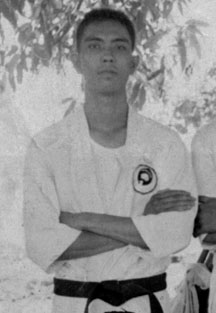
Jerry Watanabe Francisco
Ni Dai Me Kancho
Philippines
2nd Generation Grand Master of
International Karate Do Ken Zen Ichii Kai
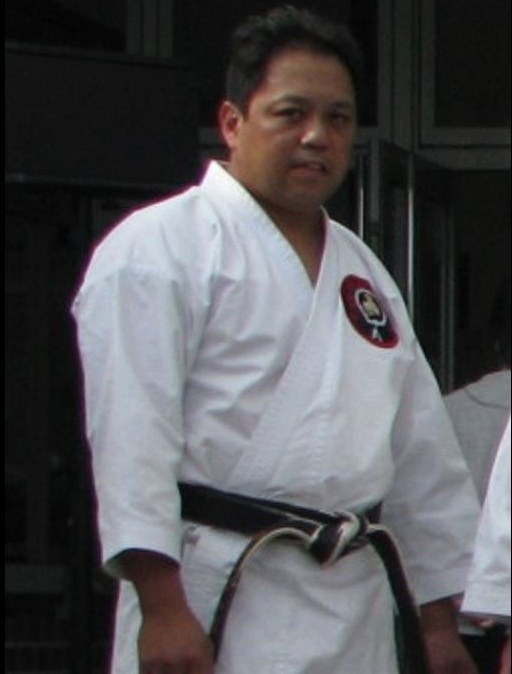
Ira Watanabe
San Dai Me Kancho
Japan
3rd Generation Grand Master and President of
International Karate Do Ken Zen Ichii Kai
President and Chief Instructor of
Japan Karate Do Ken Zen Ichii Ha Wado Ryu Kyokai
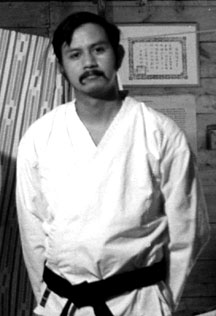
David Segovia
Kaicho
USA
President and Chief Instructor of the Ken Zen Ichii Ryu Karate Do USA
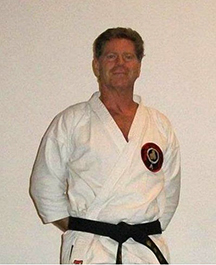
William Prosser
USA
Chief Examiner
International Ken Zen Ichii Kai U.S.A.
Branch Representative for the U.S.A.
Japan Karate Do Ken Zen Ichii Ha Wado Ryu Kyokai
There is a bit of confusion regarding the difference between "Ken Zen Ichii Ryu Karate" and "Ken Zen Ichii Karate Association." The phrase Ken Zen Ichii was originally a moniker given to Arthur Beverford (Mr. Bee) in the Kanoumichi Zen Temple by his teachers. All the Zen students at this temple practiced Wado Ryu karate, and after a time each dedicated student received a nickname from the teachers that had special significance for each student. These nicknames described habits in movement or thought, and usually included animals, like "tiger" or "hawk." Mr. Bee spent most of his free time meditating and doing yoga, which naturally enhance traditional martial arts abilities, and so the Zen teachers called him "Ken Zen Ichii." Ken Zen Ichii translates as "Body and Mind are One," where Ichii means blended together like a marriage. Mr. Bee achieved masterhood in Zen, which is the ineffable Zen state of satori, and the Zen Masters in the temple asked him to remain and teach; but Mr. B moved on. Before leaving Japan, Mr. Bee received an Instructor Diploma in Wado Ryu.
In the Philippines, Mr. Bee began to teach Wado Ryu Karate. Many karatekas from other styles came to practice and learn from Mr. Bee, a truly extraordinary individual who personified the ancient mystical martial artist. The traditional Japanese dojo rule permits only belt and rank display from members, so visitors unfamiliar with that style must wear a white belt - even advanced black belts. To allow everyone to keep their rank from their own style in the Wado Ryu dojo, Mr. Bee formed the Ken Zen Ichii Karate Association, which has traditional Japanese karate standards. Even so, a Chinese or Korean (or any style) martial artist would also be welcome to join the Association.
When Mr. Bee attained the status of Hanshi and the highest rank in Wado Ryu (Hachidan), Master Otsuka told him, "You have learned all that I can show you. Go out and teach your own style now." Mr. Bee began to modify the Wado Ryu style, and incorporate movements he thought important for development. Traditionally, changing one single aspect of a karate style necessitates renaming the style, to keep the original style pure and show respect. So Mr. Bee called his style Ken Zen Ichii Ryu Karate. In the United States, anyone can call themself "Master." But in Japan, a recognized Master or group of Masters must assign this status, and give permission to start a style, which is extremely rare. When Mr. Bee attended this last ceremony with Master Otsuka, they presented him with a 500 year-old Samurai sword, a unique homage to Mr. Bee's intrepid committment for learning Wado Ryu, and an unprecedented and unheard of honor for a Westerner.
Many of Mr. Bee's students still only practice the original Wado Ryu, while some practice Ken Zen Ichii Ryu, and some students practice both. It took many years before Mr. Bee finished designing the Ken Zen Ichii Ryu (style) karate, and during this time he moved to the United States, and then back to the Philippines. Mr. Bee entrusted the documentation of the Ken Zen Ichii Ryu Karate with David Segovia, in the USA, and when Mr. Bee retired, he handed off the leadership of the Ken Zen Ichii Ryu Karate and the Ken Zen Ichii Karate Association to his senior student, Jerry Francisco, in the Philippines. It is now Jerry's wish that his son Ira take over the leadership of our KZI Family, but Ira asked us all to vote on it, and we simply will not allow Jerry to retire (yet). So Jerry is still Grand Master and Chief Instructor, but Ira is the President in charge of the Association, running the day-to-day normal business.
The following Family Tree shows the development of Ken Zen Ichii Ryu from Wado Ryu, with influences on the early students by a teacher named Marcy.
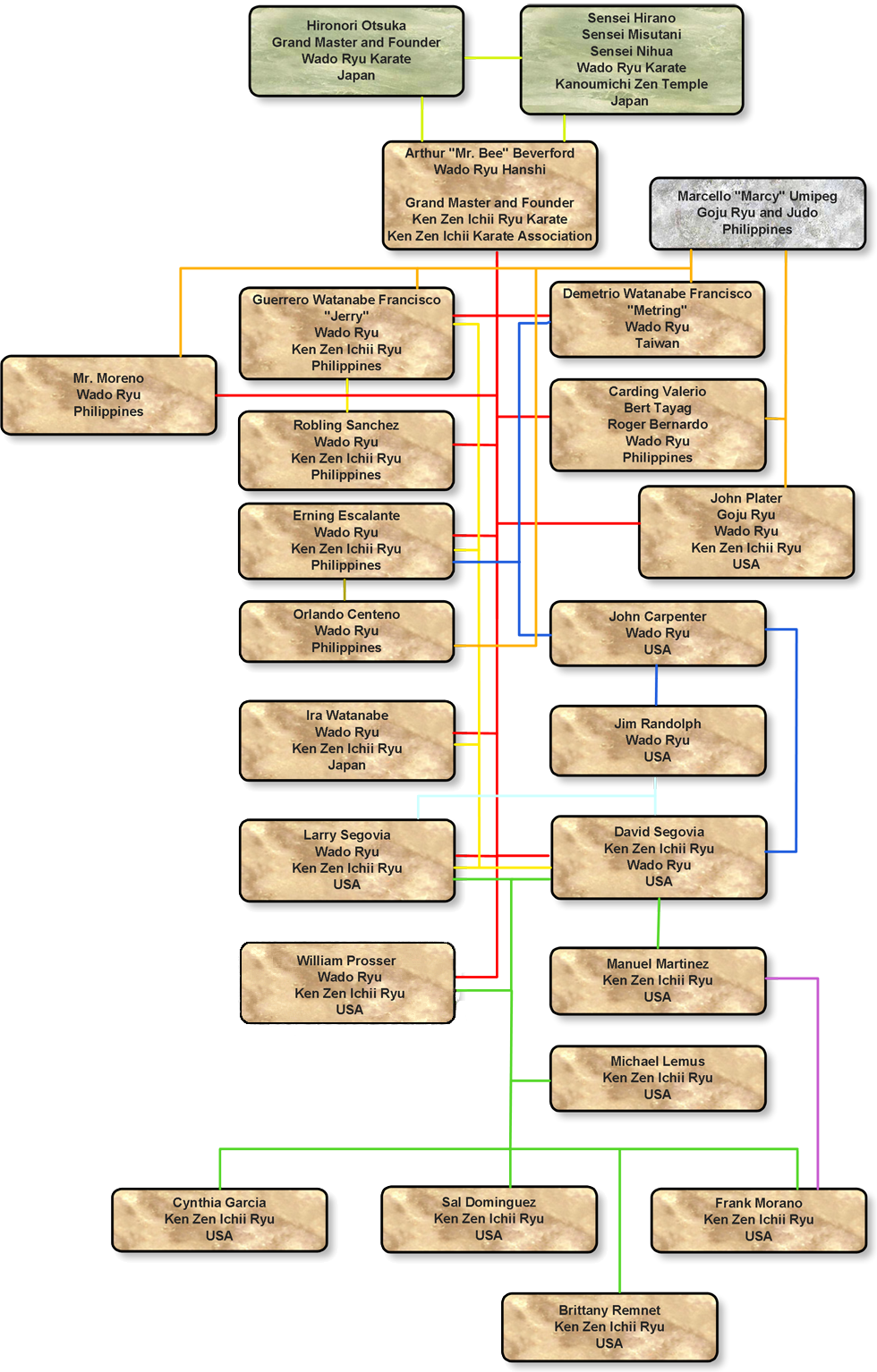
Titles in Ken Zen Ichii Ryu Karate
In August 2009 Ira Watanabe adopted a title system used by the Japan Karate Federations, to be used in the Ken Zen Ichii system.
They are as follows in order:
A) Shidoin = 1st dan to 3rd dan
B) Shihan = 4th dan
C) Renshi = 5th dan
D) Kyoshi (former Tashi) = 6th dan and 7th dan
E) Saiko Shihan (also known as Hanshi) = 8th Dan
F) Roshi = forever reserved for Arthur "Mr. Bee" Beverford.
Shihan means "Expert Teacher."
Ren is polished and Shi is person thus Renshi means a "polished person or teacher".
Kyo is "professor", Kyoshi is equivalent to Professor Level.
Hanshi is a "model or ideal teacher" and can set as a role model for other teachers. Saiko Shihan is an equivalent title that is also used in international level.
Roshi is the highest title in Ken Zen Ichii. It is forever reserved for Mr. Bee alone. Roshi means "Old Zen Buddhist Teacher"
Ira Watanabe holds the title Hanshi in Ken Zen Ichii and is the present Kancho or head of the entire Ken Zen Ichii Karate Association and Ken Zen Ichii Ryu Karate.
Shonen Bucho will be the head of peewee division, if peewee division will be separated.
Titles will be placed after ones own name, for example, David Segovia Kyoshi, but David will still be addressed as Segovia Sensei.
It was also stated that Kaicho levels in the Ken Zen Ichii Association, International Division, are advised to wear a Red and White belt.
